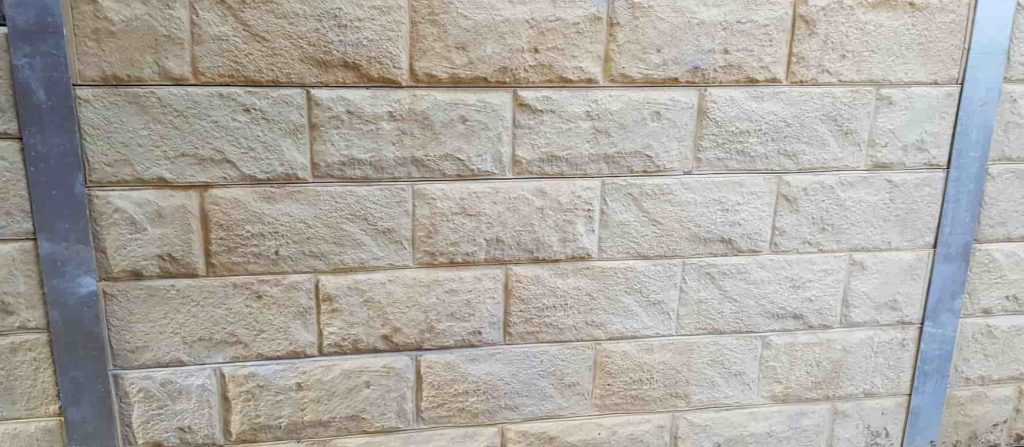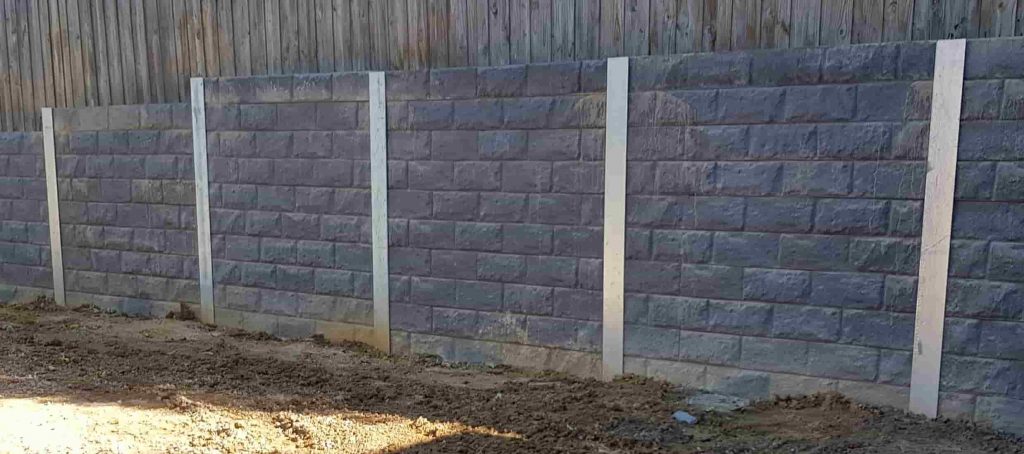Introduction
The construction industry has actually undergone a seismic shift over the years, and one area that exemplifies this development is retaining wall construction. These structures are not merely functional; they embody engineering expertise, visual value, and environmental considerations. As we explore the Retrospective: The Development of Strategies in the World of Retaining Wall Construction, we will explore numerous strategies and materials made use of gradually, highlighting how they have shaped modern practices in landscaping and civil engineering.
Retrospective: The Advancement of Methods worldwide of Retaining Wall Construction
When we consider maintaining walls, it's easy to neglect their abundant history and significance. From ancient civilizations that constructed rudimentary stone walls to today's sophisticated systems utilizing concrete sleepers and H-beams, maintaining walls have actually been vital for managing soil erosion, water drainage, and producing usable land on slopes.

The Historical Context of Maintaining Walls
Historically, maintaining walls date back thousands of years. The Romans were pioneers in this field, constructing huge stone walls that still stand today. These early structures were developed to hold back earth or assistance balconies for farming-- showcasing a mix of functionality and artistry.
Materials Utilized Over Time
The choice of products has actually substantially affected the efficiency and effectiveness of retaining wall building. Let's take a more detailed take a look at some essential materials that have actually been used:
- Stone: Natural stone was among the earliest products utilized. Its durability made it ideal for ancient constructions. Timber: Wood sleepers started to gain popularity due to their schedule and ease of use. Concrete: With commercial developments came concrete sleeper walls-- using strength and versatility. H-beams: Steel H-beams transformed the market by offering robust structural support for taller walls.
Each product has its benefits and disadvantages, impacting cost, upkeep requirements, and visual appeal.
The Function of a Retaining Wall Installer
A skilled retaining wall installer plays an essential role in making sure that these structures are not only developed for durability but likewise fulfill local regulations and safety standards. Their competence encompasses understanding about:
Site assessment Material selection Structural integrityBy picking a certified specialist, homeowners can guarantee their financial investment is sound from the extremely start.

Modern Methods in Retaining Wall Construction
With developing innovation comes refined techniques in building and construction. Here are some modern methods reshaping how we approach maintaining wall design:
1. Modular Block Systems
These pre-made blocks enable fast setup while keeping aesthetic variety.
2. Geogrid Reinforcement
Using geosynthetic products helps disperse loads more equally across the wall structure.
3. Gravity Walls
Utilizing weight alone to withstand sliding deals simpleness without compromising stability.

4. Cantilever Walls
These take advantage of balance with less material usage-- a smart style option for many builders.
Innovative Materials Forming Contemporary Practices
Beyond traditional choices like stone and timber sleepings, ingenious materials are altering the landscape:
- Reinforced Concrete: Enhancing toughness while decreasing maintenance. Green Walls: Incorporating vegetation into designs uses both beauty and disintegration control.
The Significance of Drain Systems
No matter how robust a keeping wall is built, inappropriate drain can result in disastrous failures. A comprehensive drainage strategy includes:
Weep holes Drainage pipes Gravel backfillThese components interact to reduce hydrostatic pressure behind the wall-- guaranteeing stability over time.
Challenges Dealt with by Keeping Wall Contractors Today
Every age brings its challenges; today's retaining wall contractors need to navigate problems such as:
- Environmental regulations Supply chain constraints Evolving building codes
Their flexibility ensures they remain competitive in a quickly altering market.
FAQs
1. What is a keeping wall?
A keeping wall is a structure created to hold back soil or avoid disintegration on sloped terrains.
2. What products can I use for my keeping wall?
You can pick from numerous products consisting of stone, concrete sleepers, wood sleepers (wood), or steel H-beams based upon your budget plan and visual preference.
3. How deep need to my structure be?
The depth mostly depends upon your regional soil conditions however generally ranges from 12 inches to 36 inches for ideal stability.
4. Can I develop a maintaining wall myself?
While DIY projects are tempting, working with skilled specialists guarantees compliance with local codes and structural integrity-- conserving you headaches down the line.
5. What prevail indications of failure in keeping walls?
Cracks, bulging soil behind the wall, or leaning structures show possible failure requiring immediate attention from experts.
6. How typically ought to I maintain my retaining wall?
Regular assessments a minimum of when a year can assist identify small issues before they escalate into costly repairs.
Conclusion
In summary, as we reflect on this Retrospective: The Advancement of Methods worldwide of Retaining Wall Construction, it ends up being apparent that each stage has contributed distinctively to what we know today as reliable keeping services for numerous terrains and landscapes. From ancient stone constructions to modern crafted systems using sophisticated materials like concrete sleepers or steel H-beams, it's clear that development continues http://keeganfence-installerxkdw519.iamarrows.com/what-to-anticipate-from-a-retaining-wall-building-and-construction-group to drive this field forward while ensuring security requirements are fulfilled efficiently by skilled retaining wall builders and contractors
Whether you're aiming to build your very first garden balcony or construct a substantial commercial task needing significant earth retention abilities, understanding these evolutionary techniques arms you with knowledge crucial for making informed decisions about your building and construction needs moving forward.
This post serves as just an outline given restrictions on length; nevertheless, each area might be substantially expanded upon for an extended read up towards 6000 words! If you need further sections expanded or additional topics covered concerning particular strategies or case research studies within retaining walls building history or practices do not hesitate to ask!